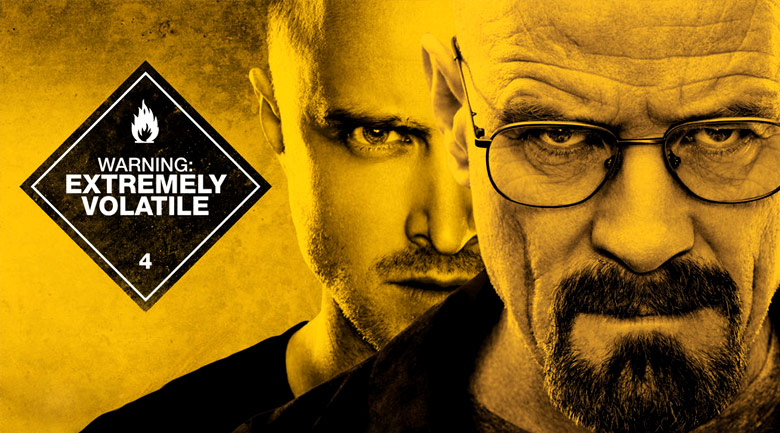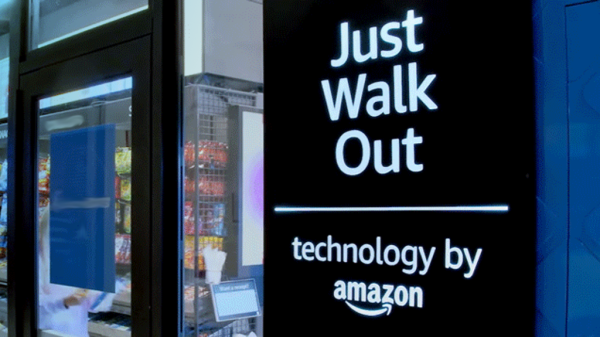
How do you increase product awareness?
You have created something brilliant.
You did your market research so you know people want it.
But you’re not some marketing specialist – you specialize is making something amazing.
Without customers, you’re shot though. So, there’s the age old problem again – how do you increase awareness of your product, thereby increasing sales?
To me, problem solving is an art. And as Picasso said, great artists steal. So when I have a problem, I like to find other similar problems, and analyze how they were solved, with what consequences and/or triumphs.
Walter White has the same problem
And it just so happens that Walter White has a similar problem, one that despite his success, he keeps running into. Due to the rapid growth of his organization, it’s kind of a good problem to have – how to pinpoint the area of demand with which he can then insert his very profitable product as the supply.
Let’s pretend, for a moment, that Walter White is not a fictional character on the hit series, Breaking Bad. We’ll imagine that he’s not a chemistry teacher who, upon contracting cancer, and learning that the cost of his illness would wipe out his family financially, decided to deal methamphetamine.
Yes, we’ll take those details out of the equation and look at the problem he has in common with start-ups and business owners.
The problem: focusing on what you do best
Walter’s problem, in essence, is that while he is a fantastic drug maker, he doesn’t want to be a drug dealer. He wants to concentrate on what he does best, and find someone else to handle the rest. It’s a wise decision – it’s hard to be truly spectacular at a variety of unrelated skill sets.
What he realized he needed is a distribution channel. He has a high quality product, knows there is demand, but not the details on how to fill the demand.
If you are in that situation, the best thing to do is to find (or create) a distribution channel.
Creating a distribution channel
A distribution channel is a pre-assembled audience of people who already have demonstrated a desire for something similiar to your product or service. If you were a recording artist, a music label could be a distribution channel, or it could be iTunes.
If you created a consumer product, your distribution channel might be Amazon, Walmart, your own store, a mail order catalog, or all of these.
And if you want to distribute content as a means to lead generation, your distribution channels could range from your own blog, to Slideshare, speaking engagements, guest blog posts, or having your articles published in reputable publications (like AGBEAT! ).
Don’t confuse distribution networks with distribution channels
It’s pretty easy to confuse distribution networks with distribution channels.
Distribution networks are the places where people in a distribution channel gather- examples would be YouTube, Google, Slideshare, Twitter, a blog or podcast.
A distribution channel, however, is more closely represented by the subset of people connected to your accounts on those networks. To be more exact, it’s the people within that subset who are most willing to sharing with others what you’ve shared with them.
It’s not just the people who have the biggest audiences, the best networkers or the most influential. Sometimes the momentum you want to spark is started by an average user, then continued by the curators of the world.
Back to Walter reaching his users
Now that we know what a distribution channel is, let’s go back to Walter White. His issues clarify why businesses need distribution channels – besides the obvious fact that it’s hard to do two things exceptionally.
When Mr. White initially decides that the answer to his problem is to produce mass quantities of a popular drug, he recruits a dealer to help him get his product to the end user.
He could have figured out how to do this on his own. But then he’d have to take on the risk of moving the product, as well as start from scratch with a network of contacts, rather than rely on the people who users of the product are already going to in order to buy the product.
The dealers have the customers, but not the product. If you ignore the illegality and lack of morals in the situation, it’s a match made in… well, hell. But in their case, let’s face it – if hell exists, they’re already going.
Walter’s issue is that each time his company grows, he needs a more powerful distribution channel.
When he needs more money, he makes more products. When he makes more products, he needs more dealers.
When supply and demand don’t match up
Eventually he gets to the top of the organization and finds that he can make more product, but that the supply will exceed the demand. Which of course means he has to expand into a new market. But to access that market, he again needs an intermediary to facilitate distribution, this time on a more massive level.
How does this relate to your business?
Well, there’s someone out there who already has access to the audience you need. You could do this the expensive way and advertise traditionally. It’s a good solution if you have the budget and can find other ways to earn and keep the trust of your audience.
Of course most of us don’t have the budget to both overcome the cynicism of today’s buyer and to pay per head for each lead.
You could also use social media to draw attention to your business. But like most other people who can’t stay on social networks, constantly building their reach, lack of growth can stagnate your accounts. Once the initial buzz wears off, if you don’t have a distribution channel set up, social networks become another place to update the audience you already have, rather than reach new people.
Then there’s always search. The obvious problem there is that the rules of search rankings are constantly changing.
That’s not to say that you shouldn’t use these methods to market, brand or otherwise increase exposure to your business. In fact, it’s probably a good idea to do as much as is appropriate to what you sell to market your product.
The key…
The key is to find the most effective suppliers of distribution channels – places where your content, product or service is already in high demand. Then identify who among those leads are sending you more leads, and find a way to encourage them to continue to do so.
Tinu Abayomi-Paul is the CEO of Leveraged Promotion and a member of Network Solutions Social web Advisory Board. Her website promotion company specializes in reputation management, and engineering demand generation system for businesses, integrating search, expertise marketing and social media.










































alexanderbrown
September 30, 2012 at 11:33 am
@Tinu @AGBeat facebook open graph is hands down the best and cheapest distribution channel in the world!
Tinu
September 30, 2012 at 12:11 pm
@alexanderbrown @agbeat That’s a distribution Network. The channel is the vessel Within that.
alexanderbrown
September 30, 2012 at 3:45 pm
@Tinu @AGBeat that true. You have specific channels in open graph like notifications, timeline, real-time updates, etc.
Tinu
September 30, 2012 at 6:03 pm
@alexanderbrown Not at all what I mean. Hard to explain out of context of the article. @agbeat
Tinu
September 30, 2012 at 2:35 pm
Thanks @jenniferwindrum – great pic of you Mom today! @agbeat
jenniferwindrum
September 30, 2012 at 2:41 pm
@Tinu thanks a bunch. She does look good. Yay.
Tinu
September 30, 2012 at 6:04 pm
@AustinBusiness 🙂 On not down? lol Thanks for the retweet. @agbeat
AustinBusiness
September 30, 2012 at 6:11 pm
@Tinu how about sideways 😉
Tinu
September 30, 2012 at 8:12 pm
@AustinBusiness If it should please the court…
AustinBusiness
September 30, 2012 at 8:42 pm
@Tinu it should 🙂
Tinu
October 1, 2012 at 1:54 pm
Thanks @AmyVernon @AGBeat